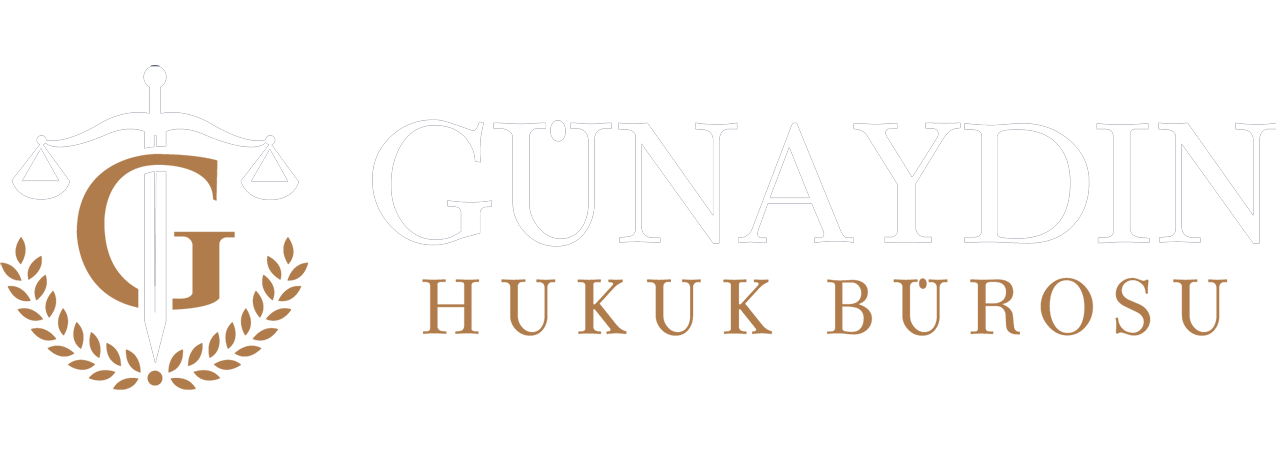The Law of Obligations, a branch of private law, is a set of rules regulating debt relations between equal persons. The main element of this discipline is the legal transactions and actions that occur between individuals and are called debt relations. The birth and termination of debt relations and the provisions framed by the parties and the law constitute the main field of action of the law of obligations. Therefore, the subject of the law of obligations is debt. Debt is the obligation of one of the parties to fulfil an act against the other party. In the light of these definitions, the main elements of the law of obligations are creditor, debtor and performance.
What are the Sources of the Law of Obligations?
The sources of the law of obligations can be analysed under two main headings. The first one is the primary sources. These are the Turkish Code of Obligations and other laws regulating private debt relations such as the Labour Law and the Turkish Commercial Code. The other title is secondary sources. Customary law, the creation of law by the judge, scientific opinion (doctrine) and judicial decisions are included under this heading.
What is General Law of Obligations and Private Law of Obligations?
Due to the wide scope of the law of obligations, the legislator has made a systematic distinction. The first 206 articles of the Turkish Code of Obligations are referred to as general provisions. These provisions are a set of mandatory or alternative rules applicable to all debt relations. The following articles of the Law constitute special provisions. Here, each contract is regulated in detail. In addition, it is aimed to complete the gaps that cannot be completed with general provisions with special provisions.

